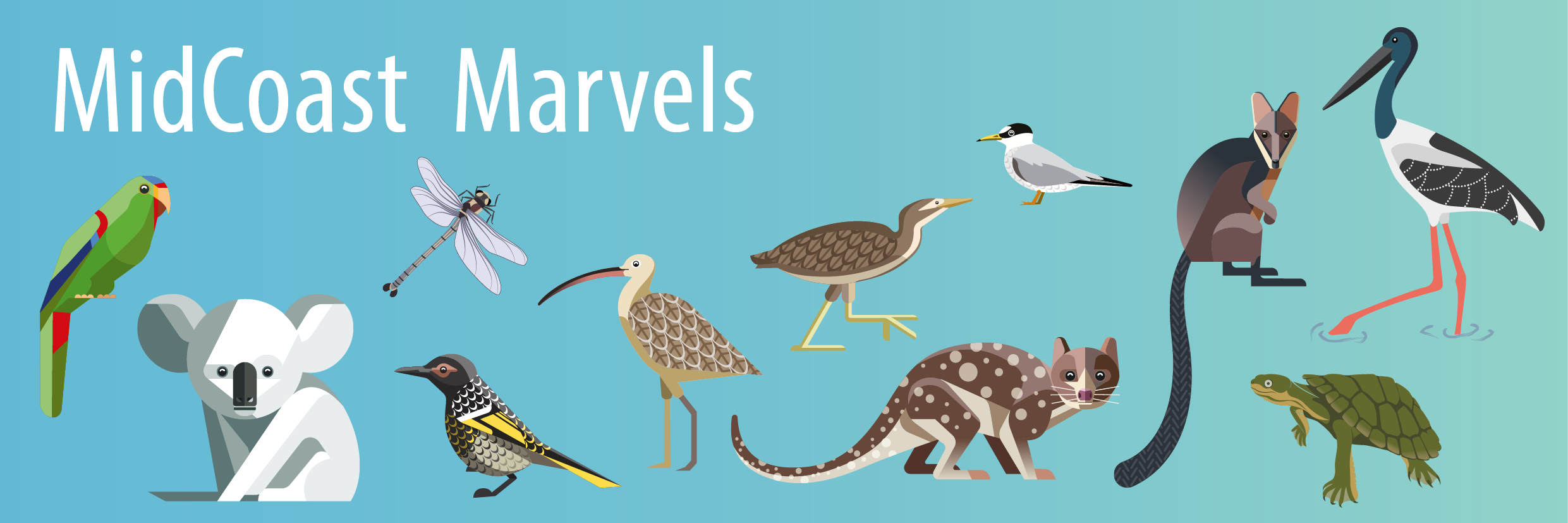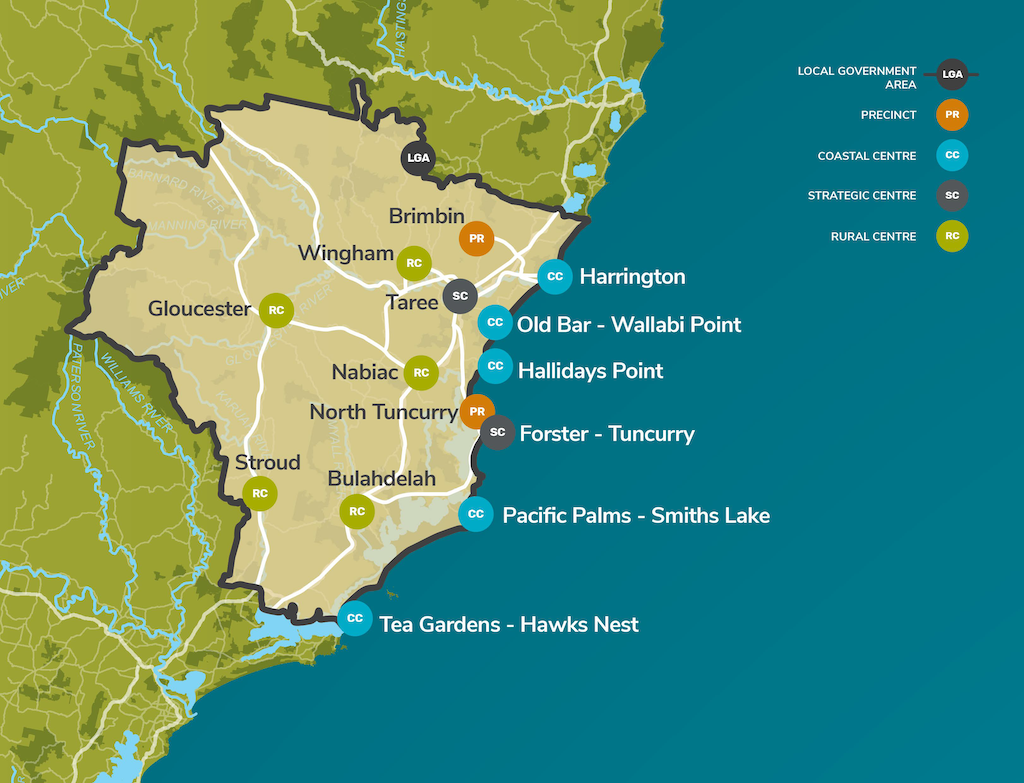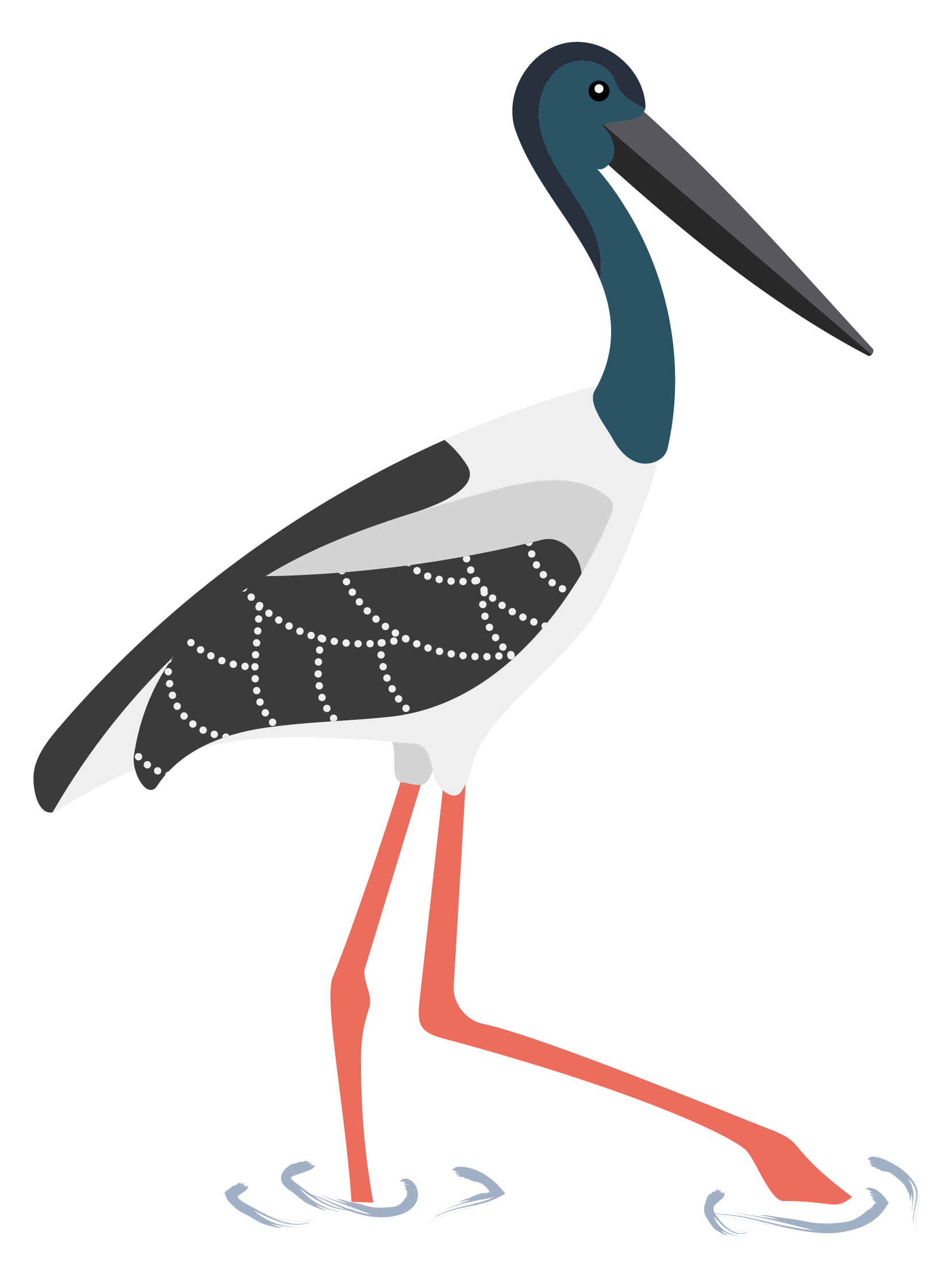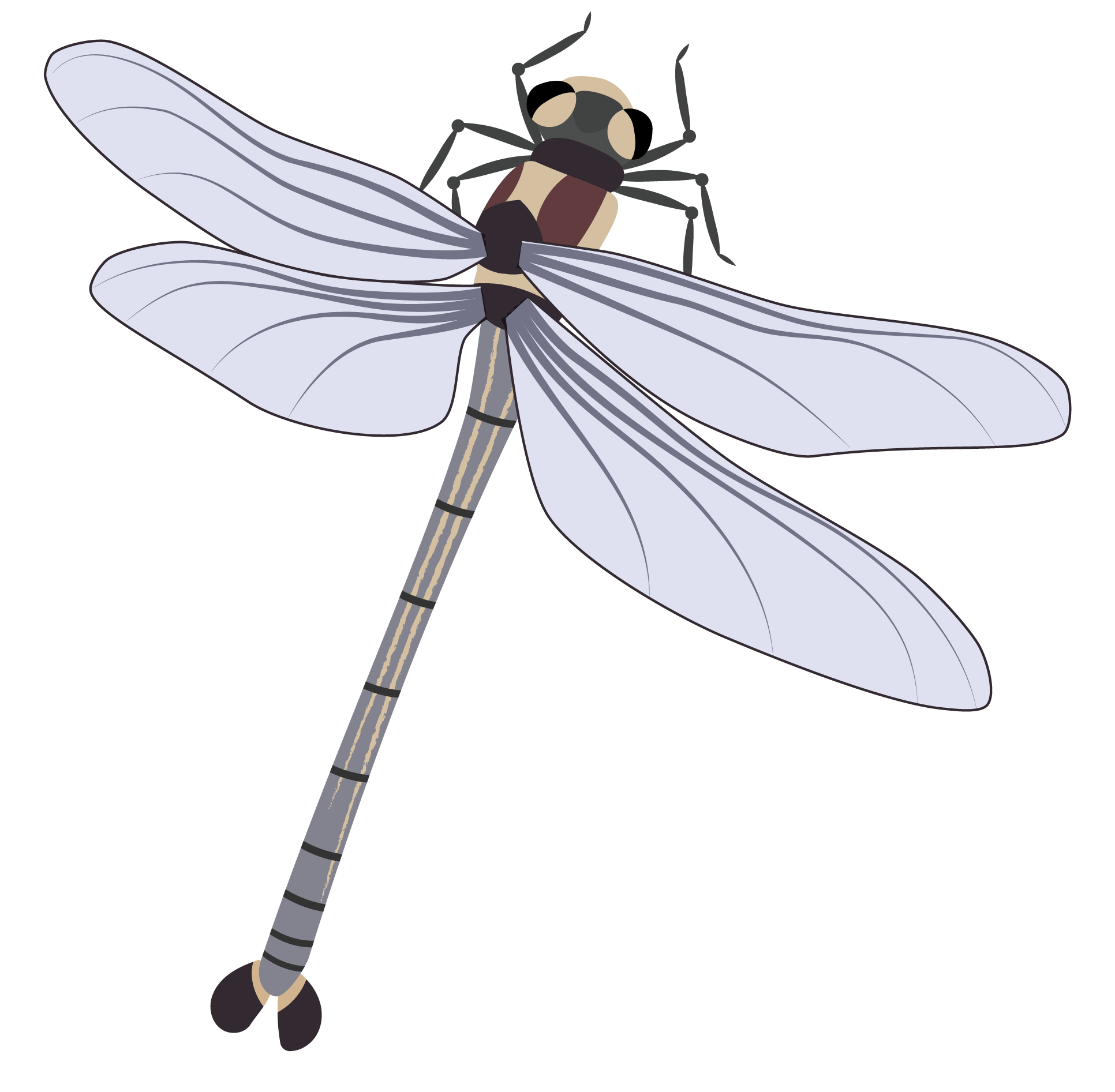
The ‘MidCoast Marvels’ Enviro-Stories program will provide students with the opportunity to learn about some of the precious animals, communities and habitats of the MidCoast region of NSW.
The MidCoast region has a large, unique mix of environments – coastal systems, estuarine wetlands and mangrove forests, rainforests, freshwater rivers and wetlands, open grasslands, woodlands and eucalypt forests. This diverse range of environments has led to a wide array of plants and animals calling the area home. Unfortunately, due to alteration of the landscape, introduction of feral animals and changing climatic conditions, many of the regions plants and animals have become vulnerable and their survival is under threat.
This program gives students the opportunity to research/learn about a threatened species – our MidCoast Marvels. Students will create a storybook to help others learn about these marvellous species and the work being done to secure their survival.
MidCoast Council is committed to working with our community to address environmental impacts, and halt the decline of threatened species and their habitats. We all have a part to play in protecting our regions precious wildlife and natural environment.
The MidCoast Region
Home to around 95,000 people, the MidCoast region offers our diverse community a wide range of lifestyle opportunities.
Located on the mid north coast of NSW, the geographical area covers more than 10,000 km2 and extends from the coastline, west to the escarpment of the Great Dividing Range. The Biripi and Worimi people are the traditional owners of the land.
The region is well known for its natural beauty and is a key holiday destination that attracts a large number of tourists and visitors throughout the seasons. The area spans from sparkling beaches on the coast to mountains in the hinterland, with expansive national parks and green spaces in between. It includes the Manning River valley, the Wallis, Smiths and Myall Lakes systems, the northern foreshore of Port Stephens, the agricultural hinterland and rugged, forested ranges of the Woko and Tapin Tops National Parks, and the World Heritage-listed Barrington Tops National Park.
These natural features contribute to our lifestyles, livelihoods and wellbeing, and protecting and celebrating them is an important focus for our future.
Our Community’s Vision
The vision describes the kind of place the MidCoast community wants our region to be in the future:
MidCoast is a place of unique environmental and cultural significance. Our strong community connection, coupled with our innovative development and growing economy, builds the quality of life we value.


What do I have to do?
STEP 1
Download your Story Template.
STEP 2
Identify and research your MidCoast Marvel.
Click on the toggle to show details of the animal your story will be about. Use the background information to help with your research. More animals will be added as the program progresses.
What are estuaries?
Estuaries are special places where freshwater from rivers mixes with saltwater from the ocean. These areas are known as the “nurseries of the sea” because they provide a safe and rich environment for many kinds of animals and plants to grow and thrive. The MidCoast Council region is home to some remarkable estuaries, including the Manning River Estuary, Myall Lakes Estuary, Wallis Lake Estuary, and the Great Lakes region. These estuaries are vital not just for their beauty and recreational opportunities but also for their incredible biodiversity.
Why are estuaries important?
- Biodiversity Hotspots: Estuaries support a wide range of plant and animal species. The mix of fresh and saltwater creates a unique environment where many creatures can find food, shelter, and breeding grounds. For example, fish and shellfish species often depend on estuaries to provide safe nurseries for their young. Birds, both migratory and resident, flock to estuaries for feeding and nesting.
- Water Quality: Estuaries act as natural filters, cleaning the water by trapping pollutants and sediments. Plants like mangroves, saltmarshes, and seagrasses play a crucial role in this process. They absorb nutrients and pollutants, which helps to keep the water clean and healthy. This is essential for the wildlife that lives there and for humans who enjoy these waterways for recreation and fishing.
- Coastal Protection: The plants in estuaries, such as mangroves and seagrasses, help protect the land from erosion and flooding by stabilizing the shorelines. Their root systems bind the soil, reducing the impact of waves and storm surges. This protection is increasingly important as climate change leads to more severe weather events and rising sea levels.
- Economic Value: Healthy estuaries support local economies through fishing, tourism, and recreation. Oyster farming, fishing, and boating are popular activities that depend on the clean waters and healthy ecosystems of estuaries. Tourists and locals alike enjoy the natural beauty and recreational opportunities these areas provide, which helps drive local businesses.
Biodiversity in estuaries
Estuaries are incredibly rich in biodiversity. Here are some key components of estuarine ecosystems:
- Fish: Many fish species, including commercially valuable ones, rely on estuaries at some point in their life cycle. The sheltered waters and abundant food supply make estuaries perfect nurseries for young fish.
- Birds: Estuaries are havens for birdlife. They provide feeding grounds for wading birds and nesting sites for seabirds. Migratory birds also use estuaries as stopover points during their long journeys.
- Plants: Mangroves, saltmarshes, and seagrasses are vital plants found in estuaries. They provide habitat for marine life, help filter the water, and protect the shoreline.
- Invertebrates: Shellfish, crabs, insects and other invertebrates thrive in estuaries. These creatures are essential parts of the food web, providing food for fish and birds.
Protecting our estuaries
The MidCoast Council is committed to protecting these vital environments. Here are some of the key efforts:
- Habitat Preservation: Protecting and restoring natural habitats like mangroves, saltmarshes, and seagrass beds is crucial. These habitats not only support biodiversity but also help maintain water quality and protect the coastline.
- Water Quality Improvement: Efforts to reduce pollution and manage runoff are essential for keeping estuarine waters clean. This includes initiatives to control agricultural runoff, manage wastewater, and reduce littering.
- Sustainable Use: Ensuring that activities like fishing and tourism are sustainable is important for the long-term health of estuaries. This means setting limits on fishing, protecting critical habitats, and promoting eco-friendly tourism.
- Community Involvement: Engaging the local community in conservation efforts is key. Educational programs and volunteer opportunities help people understand the importance of estuaries and how they can help protect them.
Black-necked stork
(aka Jabiru)
Scientific name
Ephippiorhynchus asiaticus
Physical description
The only stork species found in Australia, it stands out with its striking black and white feathers, long coral-red legs, and a glossy dark green and purple neck. This bird can grow up to 137 cm tall, making it one of the largest birds in Australia.

Habitat and distribution
The black-necked stork primarily lives in coastal and near-coastal areas of northern and eastern Australia. It is commonly found in wetlands, such as floodplains of rivers, large shallow swamps, and deeper permanent bodies of water. Occasionally, these storks wander into open grasslands, woodlands, or flooded paddocks while searching for food. Outside of the breeding season, they are often seen in small family groups, which might be nomadic or stay in the same area.
Feeding
These storks have a diverse diet, feeding mainly on fish, small crustaceans, and amphibians. They are skilled hunters, catching their prey by jabbing and seizing it with their large bills. Sometimes, they catch food by lunging forward with a large stride or even leaping into the air.
Breeding
The breeding season for the black-necked stork is from March to May. During this time, pairs of storks bond for several years, possibly for life. They build large nests made of sticks and other vegetation in tall trees near water. The storks are secretive during nesting, with little courtship behavior apart from some bowing and bill clapping. The female typically lays 2 to 4 white, conical eggs, which are incubated by both parents. Both the mother and father take care of the young for about 115 days until they are ready to leave the nest.
Conservation Status
The conservation status of the black-necked stork varies across Australia. While it is secure in states like Queensland, the Northern Territory, and Western Australia, it is considered endangered in New South Wales. The population of black-necked storks has declined in parts of eastern New South Wales due to the modification of their wetland habitats for agriculture, mining, and human settlement.
Fun Facts
- The black-necked stork makes guttural grunts and can also clack and snap its bill.
- Female storks can be identified by their yellow eyes, whereas males have dark eyes.
- Young storks look similar to adults but have brown feathers instead of black and a duskier white plumage.
The black-necked stork is a unique and important part of Australia’s wildlife. Understanding and protecting their habitat is crucial for ensuring that this magnificent bird continues to thrive in the wild. By learning about these storks, we can appreciate the diversity and beauty of Australia’s natural environment.
More information
- Australian Museum
- Birds in Backyards
- E-bird: Black-necked stork
- Waterbird Tracker – Black-necked stork
- Protection and Restoration of Wetlands & Riparian Lands
- New window on wetlands wildlife

Giant dragonfly
(aka South-eastern petaltail)
Scientific name
Petalura gigantea
Physical description
Giant dragonflies are some of the largest dragonflies in the world. Both male and female giant dragonflies have widely spaced eyes and a brownish-black segmented body with light yellow markings along their back and sides.
- Males:
- Abdomen length: 6 – 7.5 cm
- Wingspan: up to 11 cm
- Special feature: petal-shaped claspers at the end of the abdomen
- Females:
- Abdomen length: 8 – 9.5 cm
- Wingspan: up to 12.5 cm
- No claspers
Giant dragonfly larvae are also large, growing up to 5 cm in length. When they transform into adults, they leave behind their larval skin, which can sometimes be found on plants in the swam

Habitat and Distribution
Giant dragonflies live in permanent swamps and bogs that contain some free water and open vegetation. They are found in specific areas of New South Wales, such as Minimbah, Myall Lakes, Smiths Lake, Cattai, and Darawank Wetlands. The Blue Mountains and Newnes Plateau areas are also strongholds for these dragonflies.
Life cycle
The life cycle of a giant dragonfly is quite remarkable:
- Eggs: Females lay eggs in ground-level vegetation like moss, moist litter, and soil where there is groundwater.
- Larvae: The larvae dig long, branching burrows under the swamp. This stage is very slow-growing and can last from six to ten years.
- Adults: Adults emerge from late October and only live for one summer. They spend most of their time on low vegetation around the swamp, hunting flying insects. Males sometimes gather in groups waiting for females to mate with.
Threats
Giant dragonflies face many threats, including:
- Habitat Loss: Urban development, agriculture, and land clearing reduce their habitat.
- Climate Change: Changes in climate, such as less groundwater, more fires, higher temperatures, and extreme weather events, damage their specialized habitat.
- Bushfires: The 2019 bushfires in NSW severely affected the coastal and montane peat swamps they need to breed.
- Weeds and Feral Animals: Invasive plants and animals like deer and pigs can further damage their habitat.
You can help at home
- Controlling weeds on your property
- Walking or driving only on designated tracks in bushland and swamp areas
- Not dumping garden waste in natural areas
- Planting native plants in your garden
- Keeping livestock and other domestic animals out of wetland areas
- Containing domestic animals at night
More information
- Australian Museum
- Saving Our Species – Giant Dragonfly
- MidCoast Council – Giant Dragonfly
- Midcoast – Dragonfly activity kids sheet
- Dragonfly fact sheet

STEP 3
Write and illustrate a 15 page story plus 1 cover page as outlined in the Story Template. Make sure you:
- View our Hints and Tips about how to write a good Enviro-Stories book. READ MORE
- Check out previous books to see how the books are laid out and the amount of text that has been used. GO TO THE LIBRARY
- Check the story to ensure any scientific or technical details are accurate.
- Check the spelling and grammar.
STEP 4
Fill in our evaluation form for TEACHERS and STUDENTS.
STEP 5
Post the story and original illustrations to:
Alisha Madsen
MidCoast Council
PO Box 482
Taree NSW 2430
Need some help?
For any questions about participating in the MidCoast Marvels Enviro-Stories program, please contact:
Peter Coleman
Enviro-Stories Coordinator
Based in Victoria
Mobile: 0411 729 444
Email: admin@envirostories.com.au
For any questions about the topic and local advice and support, please contact:
Alisha Madsen
Catchment Officer, MidCoast Council
Mobile: 0436 298 486
Email: environment@MidCoast.nsw.gov.au
Checklist before submitting your entry
Program Sponsor

